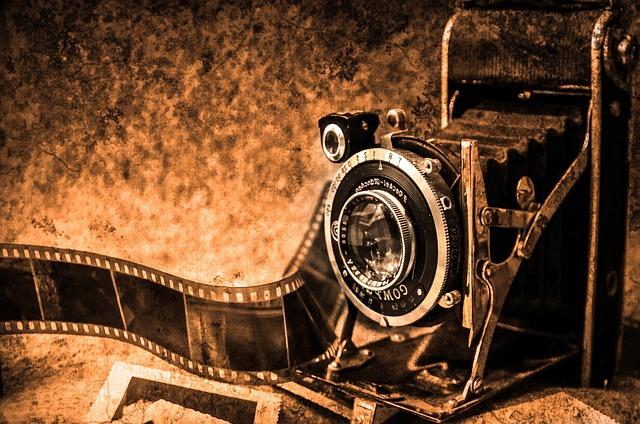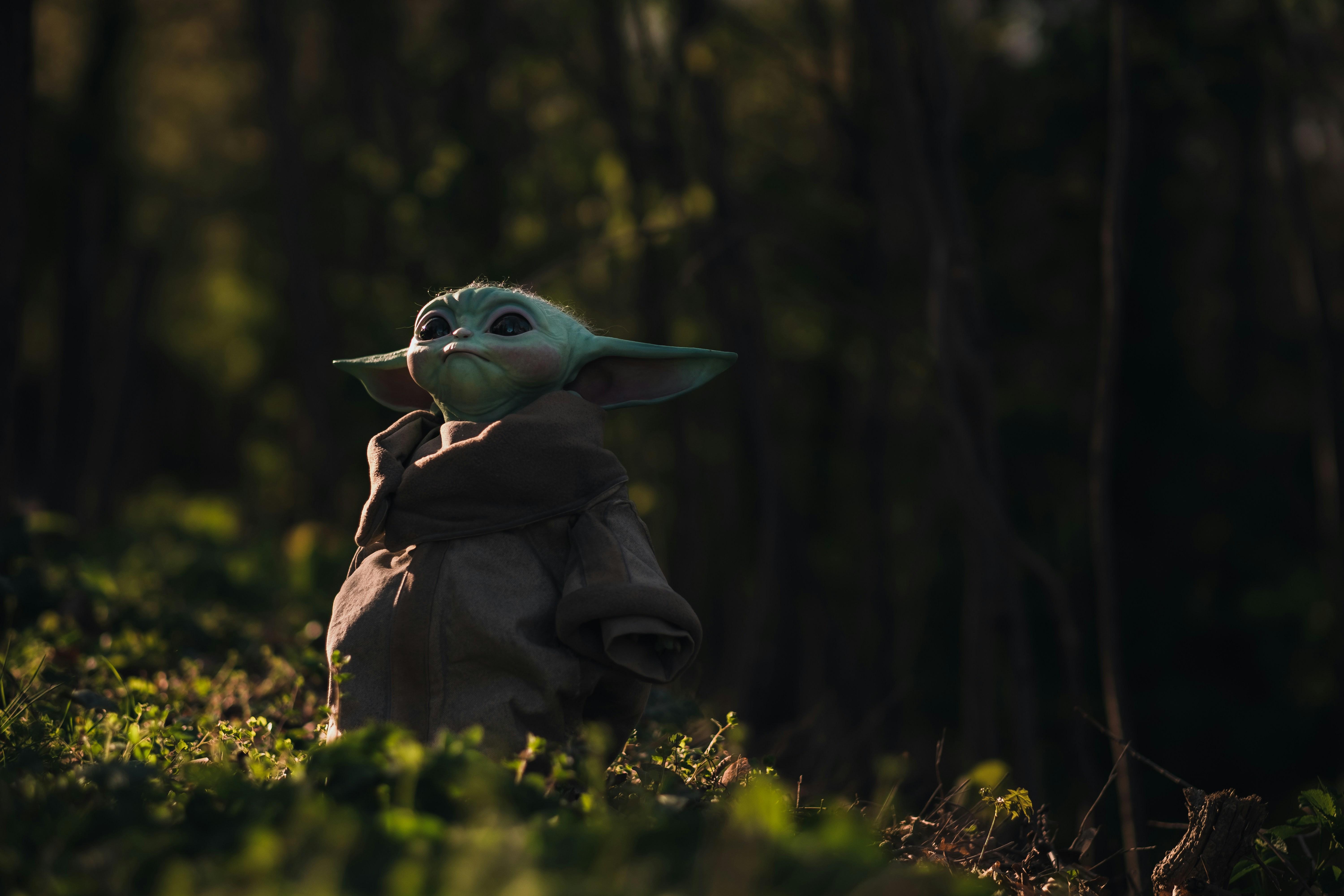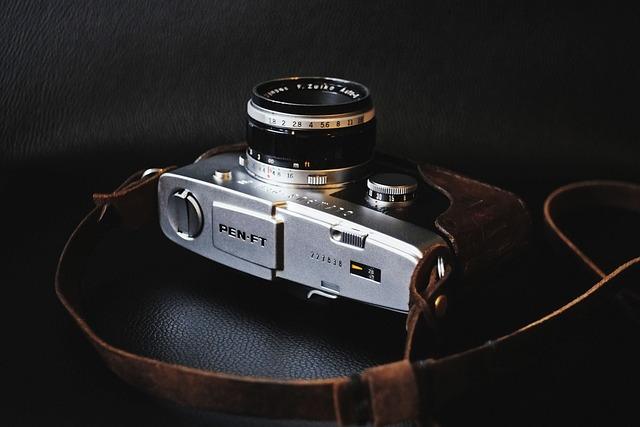In the ever-evolving landscape of cinema, where digital innovation and contemporary narratives dominate, the enduring influence of classic films remains a cornerstone for new generations of filmmakers. These timeless works, with their pioneering techniques and compelling storytelling, continue to serve as a wellspring of inspiration and education. By dissecting the elements that made these films iconic—from Hitchcock‘s mastery of suspense to the sweeping epics of Lean—modern directors and screenwriters gain invaluable insights into the art of filmmaking. This article delves into the enduring legacy of classic cinema, exploring how its rich tapestry of themes, aesthetics, and innovations continues to shape and challenge the creative visions of today’s auteurs.
Timeless Storytelling Techniques and Their Modern Applications
Classic films have laid the foundation for storytelling, employing techniques that resonate even in today’s digital age. These films have mastered the art of engaging audiences through universal themes, character-driven narratives, and visual storytelling. Modern filmmakers often draw from these timeless methods, infusing them with contemporary technology and perspectives to create fresh yet familiar experiences.
- Character Development: Classic films often focus on in-depth character arcs, a technique that remains pivotal in modern storytelling. Filmmakers today continue to craft relatable characters whose journeys reflect the complexities of human experience.
- Visual Storytelling: The use of symbolism and imagery in classic cinema has inspired modern directors to convey powerful messages through visual elements, transcending language barriers and enhancing emotional impact.
- Universal Themes: Themes such as love, betrayal, and redemption are as relevant now as they were decades ago. Modern films reinterpret these themes to address current societal issues, ensuring their stories remain impactful and relatable.
By combining these enduring techniques with modern innovations, filmmakers can create works that both honor the past and speak to the present, ensuring that the legacy of classic cinema continues to inspire and evolve.

Visual Aesthetics: Bridging the Past and Present in Cinematic Art
The interplay between classic and contemporary films offers a fascinating study of visual aesthetics, revealing how timeless cinematic techniques continue to influence today’s filmmakers. Classic films, with their innovative use of lighting, composition, and color, have laid the groundwork for modern visual storytelling. These foundational elements are often reimagined in contemporary cinema, where filmmakers blend the old with the new to create fresh yet familiar narratives.
- Lighting Techniques: The chiaroscuro of film noir remains a staple, providing dramatic contrast and depth.
- Composition: Symmetrical framing and deliberate mise-en-scène continue to guide viewers’ eyes, echoing the precision of past masters.
- Color Theory: The vibrant palettes of Technicolor classics inspire today’s directors to use color as a narrative tool.
By examining the works of auteurs like Hitchcock or Fellini, modern filmmakers gain insights into crafting visually compelling stories that resonate with audiences. The cyclical nature of these influences underscores the enduring power of classic films to shape the aesthetic language of cinema across generations.

Character Archetypes: Reviving Classic Personas for Contemporary Audiences
- The Hero: This timeless archetype, often embodied by characters like Atticus Finch or Rick Blaine, continues to captivate modern audiences. Contemporary filmmakers rejuvenate this persona by infusing it with moral complexity and vulnerability, reflecting today’s nuanced understanding of heroism.
- The Anti-Hero: Characters such as Travis Bickle have paved the way for modern anti-heroes who challenge societal norms. Today’s filmmakers embrace this archetype to explore themes of redemption and identity, creating protagonists who are flawed yet compelling.
- The Mentor: Echoing the wisdom of characters like Mr. Miyagi, the mentor archetype remains a staple. Modern narratives often portray mentors with their own intricate backstories, adding depth and relatability that resonate with audiences seeking guidance in an uncertain world.
- The Femme Fatale: Once epitomized by classic figures like Phyllis Dietrichson, this archetype is now often reimagined to subvert expectations, presenting women with agency and complexity, thus appealing to contemporary sensibilities.
By blending these classic archetypes with fresh perspectives, filmmakers not only pay homage to the past but also craft stories that speak to the diverse and dynamic nature of modern society. Such revitalization ensures that these timeless personas continue to inspire and engage new generations.

Innovative Homage: Crafting Original Works Through Classic Inspiration
Classic films have long been a reservoir of creativity for modern filmmakers, offering a rich tapestry of storytelling techniques, visual styles, and thematic depth. Today’s directors often draw inspiration from the timeless narratives and innovative camera work of these cinematic masterpieces, integrating them into their own unique visions. For instance, the chiaroscuro lighting of film noir finds echoes in the atmospheric tension of contemporary thrillers, while the sweeping, emotional scores of golden age epics continue to shape the soundscapes of today’s blockbusters.
Many filmmakers pay homage to these classics by reimagining iconic scenes or adapting narrative structures that have stood the test of time. Consider the influence of Hitchcock’s suspenseful pacing or Kurosawa’s dynamic action sequences, which are often referenced in modern storytelling. These directors don’t just replicate; they transform. By weaving classic elements into fresh contexts, they create a dialogue between the past and present, crafting films that are both nostalgic and novel. This blend of homage and innovation ensures that the legacy of classic cinema continues to thrive, inspiring new generations to explore and redefine the art of filmmaking.

